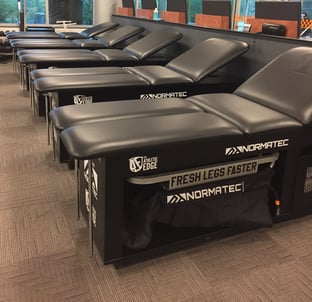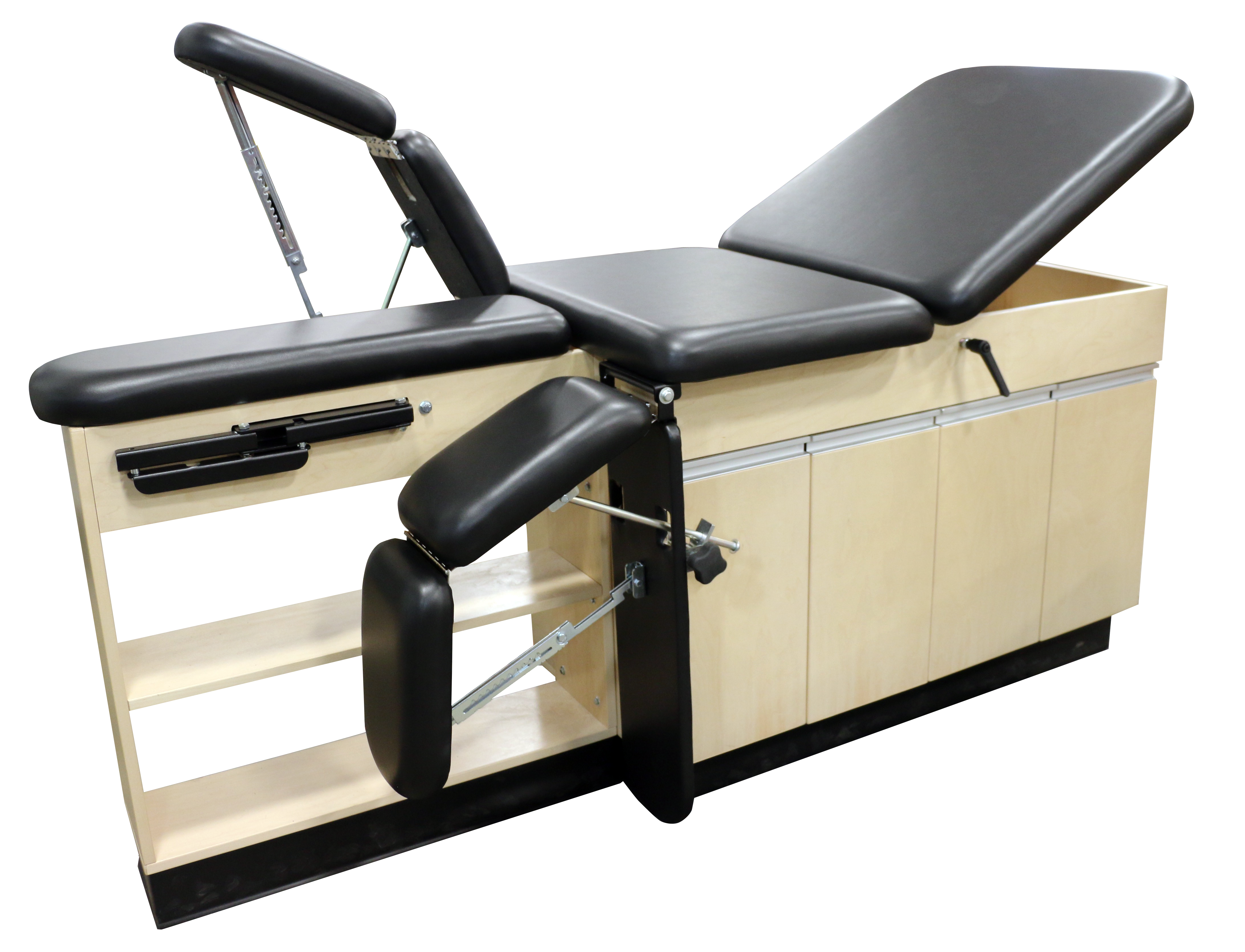

Posts about Leg and shoulder treatment cabinet


Athletic Edge Announces Release of New Leg and Shoulder Treatment Cabinet
· 1 min read
Watertown, SD, January 19, 2017- The Athletic Edge™ is excited to anno...
RECENT POSTS
- Revolutionizing Athletic Care: Adam Kokenzie on Southlake Carroll High School's Transformation with The Athletic Edge
- Celebrating National Athletic Training Month: Spotlight on Beka Urban
- Plantar Fasciitis Treatment using a fluid motion approach
- AT Spotlight: Maci Severson, ATC | Trinity Health Sports Medicine Program
CATEGORIES
- case study (30)
- Athletic Injuries (29)
- Functional Athletic Training Rooms (24)
- athletic training (21)
- Athletic Trainers (15)
- College Athletes (15)
- Locker Room Design (15)
- Student Athletes (14)
- Locker Rooms (13)
- Sports Medicine (13)
- Young Athletes (13)
- Locker (12)
- athletic edge (11)
- athletic training room products (11)
- locker room (11)
- lockers (11)
- Low Level Laser Therapy (7)
- massage therapy (7)
- sports rehabilitation (7)
- training room (7)
- Concussion (6)
- taping stations (6)
- Research (5)
- Soft Tissue Tools (5)
- sports injury (5)
- LAST table (4)
- Plantar Fasciitis (4)
- Professional Athletes (4)
- SmartCart (4)
- Taping (4)
- Whole Body Vibration (4)
- athletic trainer (4)
- wood lockers (4)
- Aluma Elite (3)
- Apollo (3)
- High School Athletes (3)
- New Product Launch (3)
- New SmartCart by The Athletic Edge (3)
- athletic (3)
- fmst tools (3)
- laminate lockers (3)
- massage (3)
- portable workstation (3)
- sports massage therapy (3)
- Athletic Director (2)
- Award (2)
- CAB-100-LST (2)
- Houston Texans (2)
- Leg and shoulder treatment cabinet (2)
- Mental Health (2)
- NATA (2)
- Niel Asher Technique (2)
- Return to play (2)
- Safety Gear (2)
- Smart Cart (2)
- Technology (2)
- Treatment and Recovery Cabinet CAB-090N (2)
- anti-fatigue (2)
- anti-fatigue mats (2)
- cold laser (2)
- facilities (2)
- facility (2)
- injury prevention (2)
- locker material (2)
- mascot locker (2)
- portable tables (2)
- stretching (2)
- thera-p (2)
- treatment (2)
- wellness mats (2)
- AED (1)
- Athletic Edge Deuts NEW Products (1)
- Billing (1)
- CPR (1)
- Chiropractic (1)
- Corporate (1)
- Dehydration (1)
- Employee Health (1)
- Employees (1)
- Fitness (1)
- Fitness Center (1)
- Gender Neutral (1)
- Health Clubs (1)
- Kinetic Chain (1)
- Leg & Shoulder (LAST) Therapy table (1)
- Locks (1)
- Minnesota Vikings (1)
- NormaTech (1)
- Overuse Injuries (1)
- Performance (1)
- Prevention (1)
- Proprioceptive Training (1)
- Quick Ship Program (1)
- Southern Oregon University (1)
- Spinal Cord Injuries (1)
- Steel Lockers (1)
- Tennis Elbow (1)
- Training Room Packages (1)
- Workouts (1)
- Youth (1)
- acl tears (1)
- ada compliance (1)
- athletes (1)
- care (1)
- dealers (1)
- diet (1)
- heating injuries (1)
- hockey (1)
- icing injuries (1)
- lower back pain (1)
- office furniture (1)
- prerehab (1)
- recovery (1)
- standing solutions (1)
- stools (1)
- storage (1)
- strength and conditioning (1)
- stretch therapy (1)
- trigger points (1)
- ultrasound (1)
- upholstery (1)
- wbv (1)
- wyoming (1)



.webp)